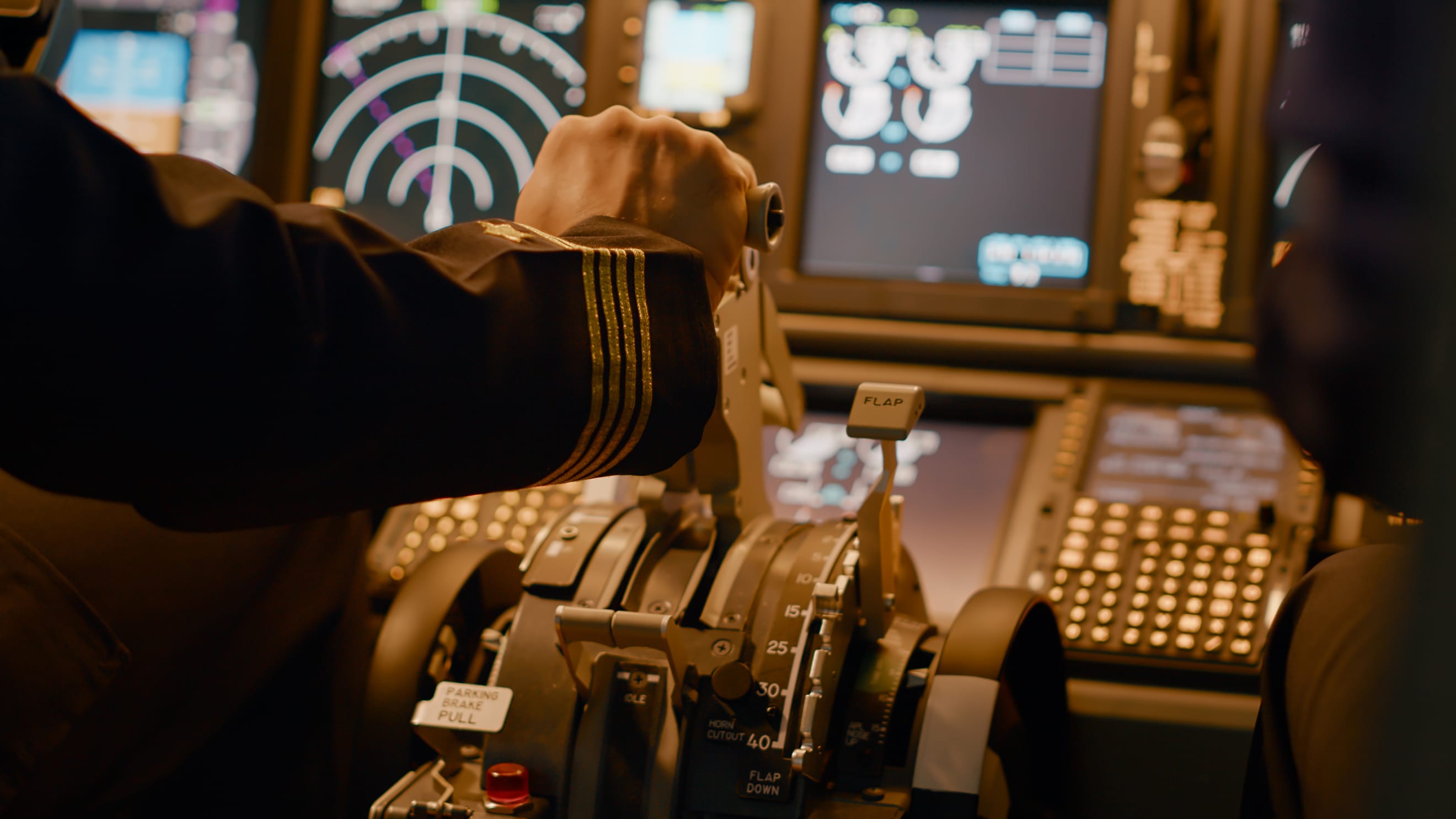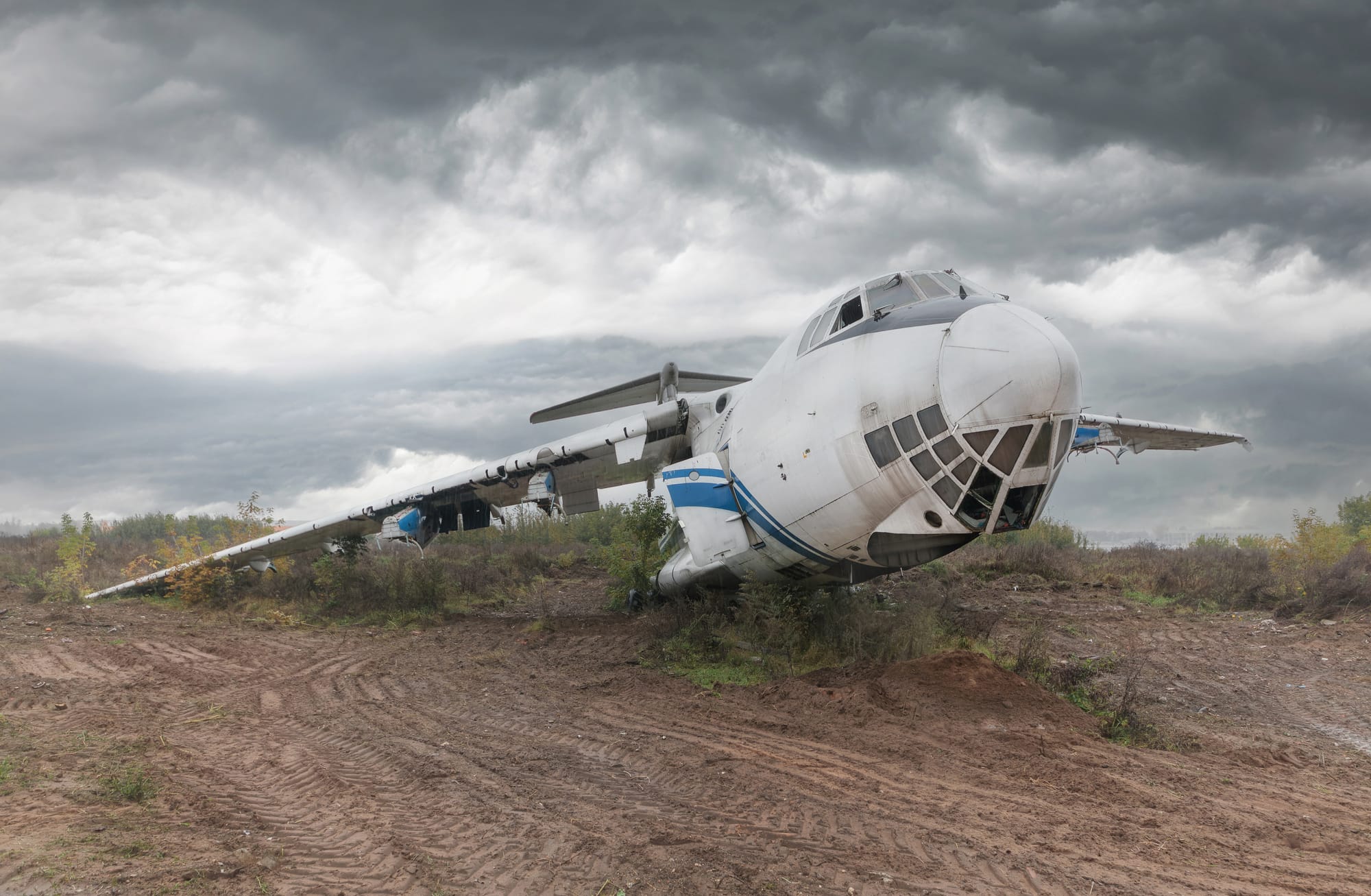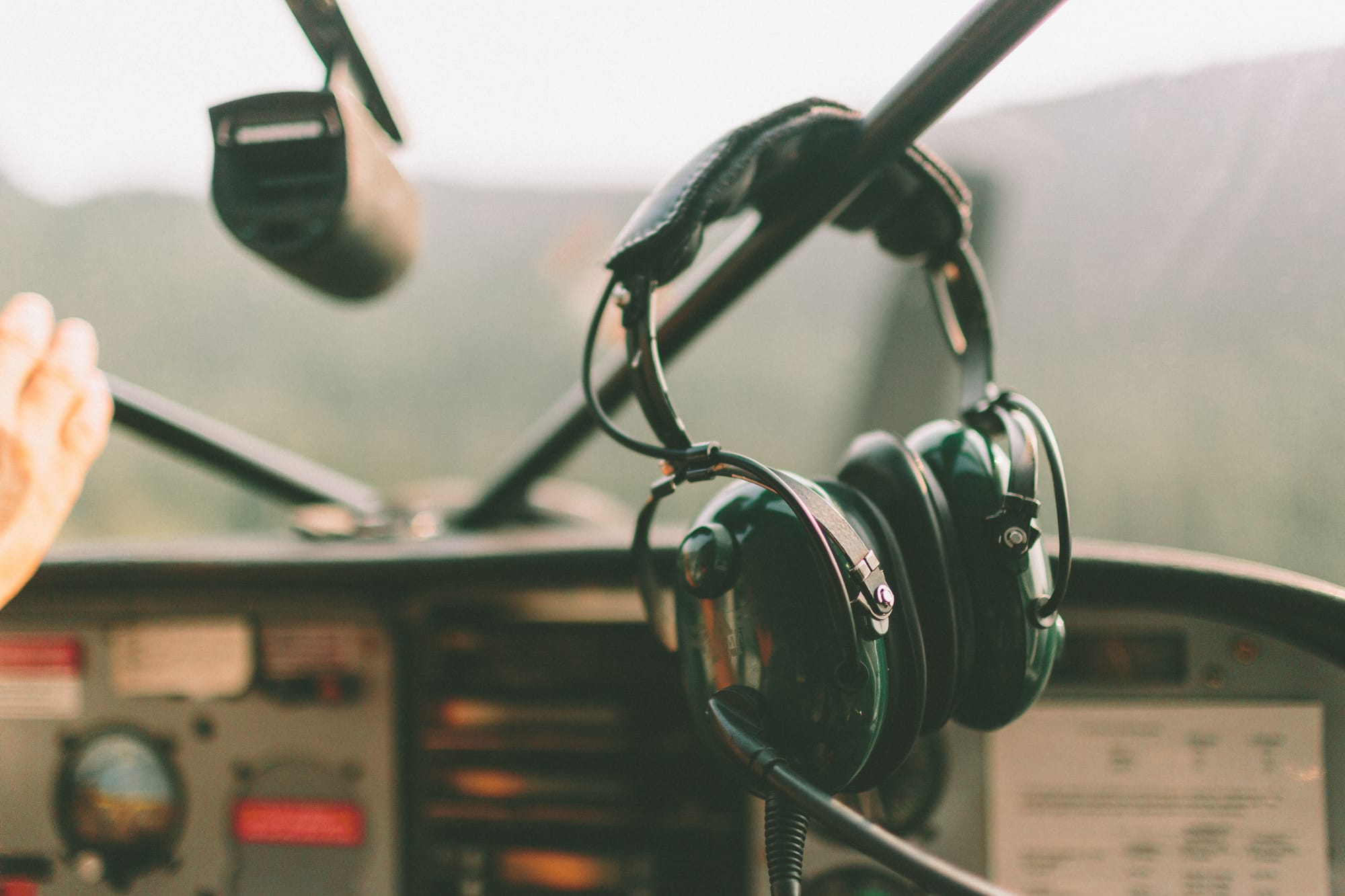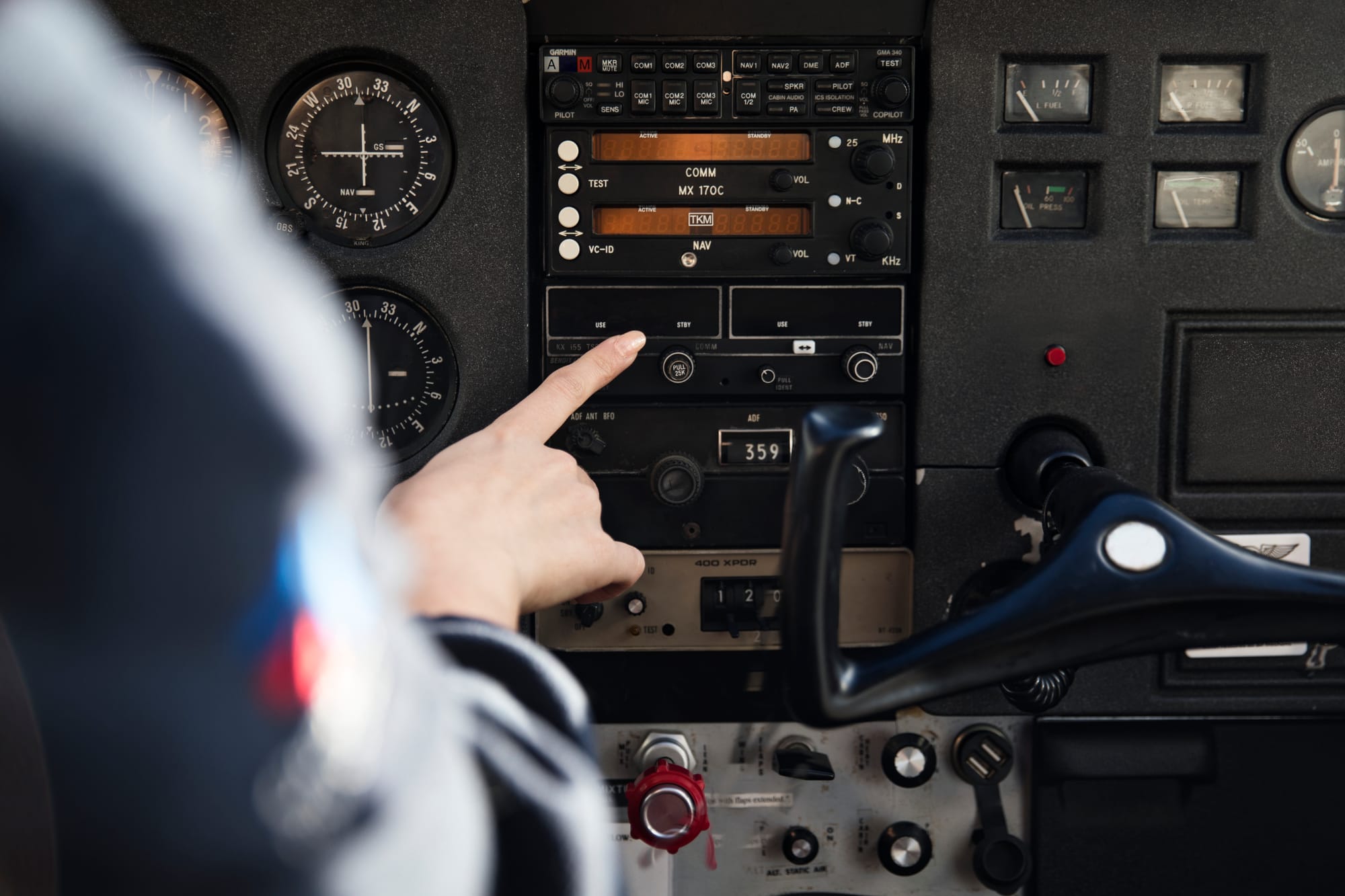
Flight Deck Security: Innovations in Cockpit Access and Protection
Ever wondered what it takes to keep the most critical part of an airplane – the flight deck – secure? We're not talking about a simple lock and key here. We're diving into the world of reinforced doors, high-tech access controls, and pilot training that rivals a spy movie.
Why the Cockpit Needs Extra Protection
The cockpit isn't just where the pilots sip coffee and enjoy the view. It's the nerve center of the aircraft, where all the important decisions are made and the controls are operated. If someone were to gain unauthorized access to the cockpit, it could have catastrophic consequences.
Sadly, history has taught us the importance of cockpit security. The September 11th attacks in 2001 were a wake-up call, highlighting the vulnerability of the flight deck and the devastating impact of unauthorized access. Since then, airlines and security agencies have implemented a series of measures to fortify the cockpit and prevent similar tragedies from occurring.

The Evolution of Cockpit Doors: From Flimsy to Fort Knox
Remember the days when cockpit doors were flimsy affairs that could be easily breached? Well, those days are long gone! Today's cockpit doors are built like bank vaults, with reinforced steel frames and multiple locking mechanisms.
- Bulletproof Doors: Most modern cockpit doors are designed to withstand gunfire, ensuring that pilots remain safe even in the face of a direct attack.
- Multiple Locking Systems: Cockpit doors typically have multiple locks, including manual, electronic, and even biometric systems, making them extremely difficult to open without authorization.
- Inside Control: Pilots have complete control over the cockpit door from inside the cockpit, meaning they can deny access to anyone who doesn't belong there.
This has led to an overall 90% decrease in the number of hijackings worldwide. according to the International Air Transport Association (IATA).

Access Control: Who Gets in and Who Stays Out
It's not just about the door itself; it's also about who has access to it. Airlines have implemented strict access control measures to ensure that only authorized personnel can enter the cockpit.
- Crew Identification: Pilots and cabin crew are issued with secure identification cards that are verified before they can enter the cockpit.
- Access Codes: In addition to ID cards, pilots often have to enter a unique access code to unlock the cockpit door.
- Two-Person Rule: Many airlines require that two crew members be present in the cockpit at all times, further reducing the risk of unauthorized access.
Pilot Training: More Than Just Flying Skills
Pilots undergo rigorous training not just in flying skills, but also in how to handle security threats. This training includes:
- Identifying Suspicious Behavior: Pilots are taught to recognize signs of potential threats, such as passengers who appear agitated or who are trying to access restricted areas.
- Communicating with Air Traffic Control: Pilots are trained to quickly and effectively communicate with air traffic control in the event of a security incident.
- Emergency Procedures: Pilots practice emergency procedures, such as how to land the aircraft safely in the event of a hijacking or other security breach.

The Stats Speak for Themselves
Since the implementation of reinforced cockpit doors and other security measures, there has been a significant decrease in the number of successful hijackings. According to the International Air Transport Association (IATA), there were only 2 hijackings worldwide in 2022, compared to 13 in 2001.
This demonstrates the effectiveness of these security measures in protecting the flight deck and ensuring the safety of passengers and crew.
Want to Learn More?
If you're curious about the latest advancements in aviation security or want to learn more about how Octagon can help your organization stay ahead of the curve, don't hesitate to contact us. We're here to help you navigate the complex world of aviation security and keep your operations running smoothly.
Ever wondered what it takes to keep the most critical part of an airplane – the flight deck – secure? We're not talking about a simple lock and key here. We're diving into the world of reinforced doors, high-tech access controls, and pilot training that rivals a spy movie.
Why the Cockpit Needs Extra Protection
The cockpit isn't just where the pilots sip coffee and enjoy the view. It's the nerve center of the aircraft, where all the important decisions are made and the controls are operated. If someone were to gain unauthorized access to the cockpit, it could have catastrophic consequences.
Sadly, history has taught us the importance of cockpit security. The September 11th attacks in 2001 were a wake-up call, highlighting the vulnerability of the flight deck and the devastating impact of unauthorized access. Since then, airlines and security agencies have implemented a series of measures to fortify the cockpit and prevent similar tragedies from occurring.

The Evolution of Cockpit Doors: From Flimsy to Fort Knox
Remember the days when cockpit doors were flimsy affairs that could be easily breached? Well, those days are long gone! Today's cockpit doors are built like bank vaults, with reinforced steel frames and multiple locking mechanisms.
- Bulletproof Doors: Most modern cockpit doors are designed to withstand gunfire, ensuring that pilots remain safe even in the face of a direct attack.
- Multiple Locking Systems: Cockpit doors typically have multiple locks, including manual, electronic, and even biometric systems, making them extremely difficult to open without authorization.
- Inside Control: Pilots have complete control over the cockpit door from inside the cockpit, meaning they can deny access to anyone who doesn't belong there.
This has led to an overall 90% decrease in the number of hijackings worldwide. according to the International Air Transport Association (IATA).

Access Control: Who Gets in and Who Stays Out
It's not just about the door itself; it's also about who has access to it. Airlines have implemented strict access control measures to ensure that only authorized personnel can enter the cockpit.
- Crew Identification: Pilots and cabin crew are issued with secure identification cards that are verified before they can enter the cockpit.
- Access Codes: In addition to ID cards, pilots often have to enter a unique access code to unlock the cockpit door.
- Two-Person Rule: Many airlines require that two crew members be present in the cockpit at all times, further reducing the risk of unauthorized access.
Pilot Training: More Than Just Flying Skills
Pilots undergo rigorous training not just in flying skills, but also in how to handle security threats. This training includes:
- Identifying Suspicious Behavior: Pilots are taught to recognize signs of potential threats, such as passengers who appear agitated or who are trying to access restricted areas.
- Communicating with Air Traffic Control: Pilots are trained to quickly and effectively communicate with air traffic control in the event of a security incident.
- Emergency Procedures: Pilots practice emergency procedures, such as how to land the aircraft safely in the event of a hijacking or other security breach.

The Stats Speak for Themselves
Since the implementation of reinforced cockpit doors and other security measures, there has been a significant decrease in the number of successful hijackings. According to the International Air Transport Association (IATA), there were only 2 hijackings worldwide in 2022, compared to 13 in 2001.
This demonstrates the effectiveness of these security measures in protecting the flight deck and ensuring the safety of passengers and crew.
Want to Learn More?
If you're curious about the latest advancements in aviation security or want to learn more about how Octagon can help your organization stay ahead of the curve, don't hesitate to contact us. We're here to help you navigate the complex world of aviation security and keep your operations running smoothly.
'

